9 Tokyo Shrines To Visit To Learn About Japanese History and Culture
Unique to Japan, Shinto Shrines Link People To Their Japanese Roots
For over a thousand years, rituals and festivals have taken place to worship sacred shrines that shrine kami (Shinto gods) all around Japan. Take a step back into Japanese history and experience authentic Japanese culture by visiting the most impressive shrines around Tokyo.
With an estimated 80,000 Shinto shrines scattered across Japan, they are a very important part of Japanese tradition and culture. These jinja (神社, shrines) house one or more kami, in addition to a holy item that is related to the kami of that shrine.
Although the general population is slowly moving away from practicing daily Shintoism, worship and rituals are still deeply embedded within Japanese culture. We see this during the new year when locals visit shrines to pray for good fortune and a prosperous coming year. A few weeks after a baby is born, the family will often take the baby to a shrine to be blessed and to pray for its future.

There are certain structural elements that are almost always present at shrines. The most famous and hard-to-miss one is the torii gate: a tall, vermillion gate that marks the entrance to a shrine. Because shrines are such a sacred place, you’ll often see locals bowing before and after passing through a torii gate. Another way to show respect is to purify yourself before entering the main hall of a shrine by washing your hands and mouth at a temizuya purification trough. And those white paper zigzags you see hanging around shrines are shimenawa which mark the boundary of something or someplace that is deemed to be sacred.
Savvy Tip: When visiting, be sure you know the proper prayer etiquette: shake the rope to ring the bell, throw a coin into the offertory box, bow twice, clap twice, pray, and bow one final time.
1. Meiji Jingu Shrine

Meiji Jingu Shrine (明治神宮) is without a doubt one of Japan’s most famous shrines. It is an imperial shrine that was built in dedication to the first emperor of modern Japan, Emperor Meiji, and his wife, Empress Shoken. Because of the impressive Shinto structures, the strong connection to Japanese culture, and convenient location beside Harajuku station and Yoyogi Park, Meiji Jingu is an absolute must-see for anyone visiting Tokyo.
During the new year, over three million Japanese will come visit Meiji Jingu to pray and open the new year. This shrine isn’t just for praying either: the shrine hosts dozens of traditional Japanese weddings!
Where: 1-1 Yoyogikamizonocho, Shibuya-ku
2. Nezu Shrine
View this post on Instagram
The Nezu Shrine (根津神社) is a peaceful and under-the-tourist-radar shrine that sits a walking distance from the Yanaka neighborhood and Ueno Park. One of the oldest shrines in Tokyo, Nezu Shrine is highlighted for its tunnel of torii gates that you can walk through (although tall people might have to squat a little!) During April, the area is flooded with pink, purple, and white azalea bushes in full bloom, making this shrine one of the most popular locations to visit during the spring for flower-viewing. So popular that there is an azalea-viewing festival called the Bunkyo Azalea Festival.
Where: 1-28-9 Nezu, Bunkyo-ku
3. Nogi Shrine
View this post on Instagram
The Nogi Shrine (乃木神社) in the Akasaka neighborhood was built in dedication of the army general Nogi Maresuke. After the death of Emperor Meiji in 1912, Maresuke followed his leader in death and committed seppuku, also known as harakiri, which is a form of Japanese ritual suicide. Although the shrine is open to visitors year-round, the house where the suicide occurred is open only twice a year—on the eve and anniversary of the suicide, September 12 and 13. Though the history is a bit dark, today the shrine attracts visitors on the fourth Sunday of every month for a much happier reason: treasure hunting at the antique market!
Where: 8-11-27 Akasaka, Minato-ku
4. Namiyoke Inari Shrine
View this post on Instagram
Namiyoke Inari Shrine (波除稲荷神社) was built in the mid-1600s at the water’s edge, so it was only fitting that the name of the shrine related to its location: the Japanese directly translates to “protection from waves.” The shrine is located next to Tsukiji fish market and serves as the guardian for the merchants and the marketplace as a whole. Being so close to this market, you can expect to find many sushi-related items on the shrine’s grounds as well: there are several stone sculptures called tsuka that were built to honor things of value, including sushi, eggs, shrimp, angler, and clam!
Where: 6-20-37 Tsukiji, Chuo-ku
5. Kanda Myojin Shrine
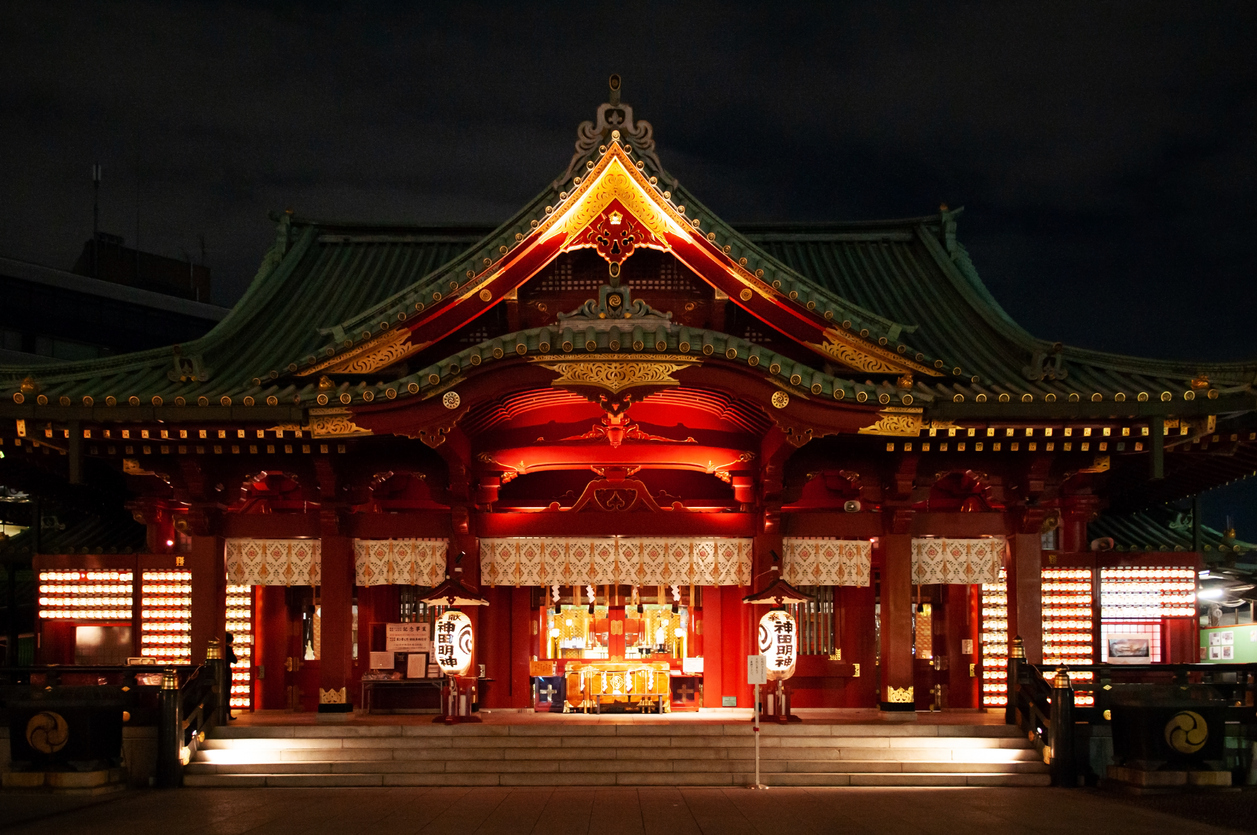
The Kanda Myojin Shrine (神田明神) is one of Tokyo’s oldest shrines, believed to have first been built in 730. It was an especially important shrine during the Edo period because Tokugawa Ieyasu, the first shogun of Japan, paid his respects here. Most people will come here to pray to two of the seven Gods of Fortune: Daikokuten, the god of good fortune, bountiful harvests, and matrimony, Ebisu, the god of fisheries and business prosperity. Because it’s located to Akihabara, the mecca for tech-lovers, Kanda Myojin also sells omamori (good luck charms) to bless electronic devices!
Where: 2-16-2 Sotokanda, Chiyoda-ku
6. Hanazono Shrine
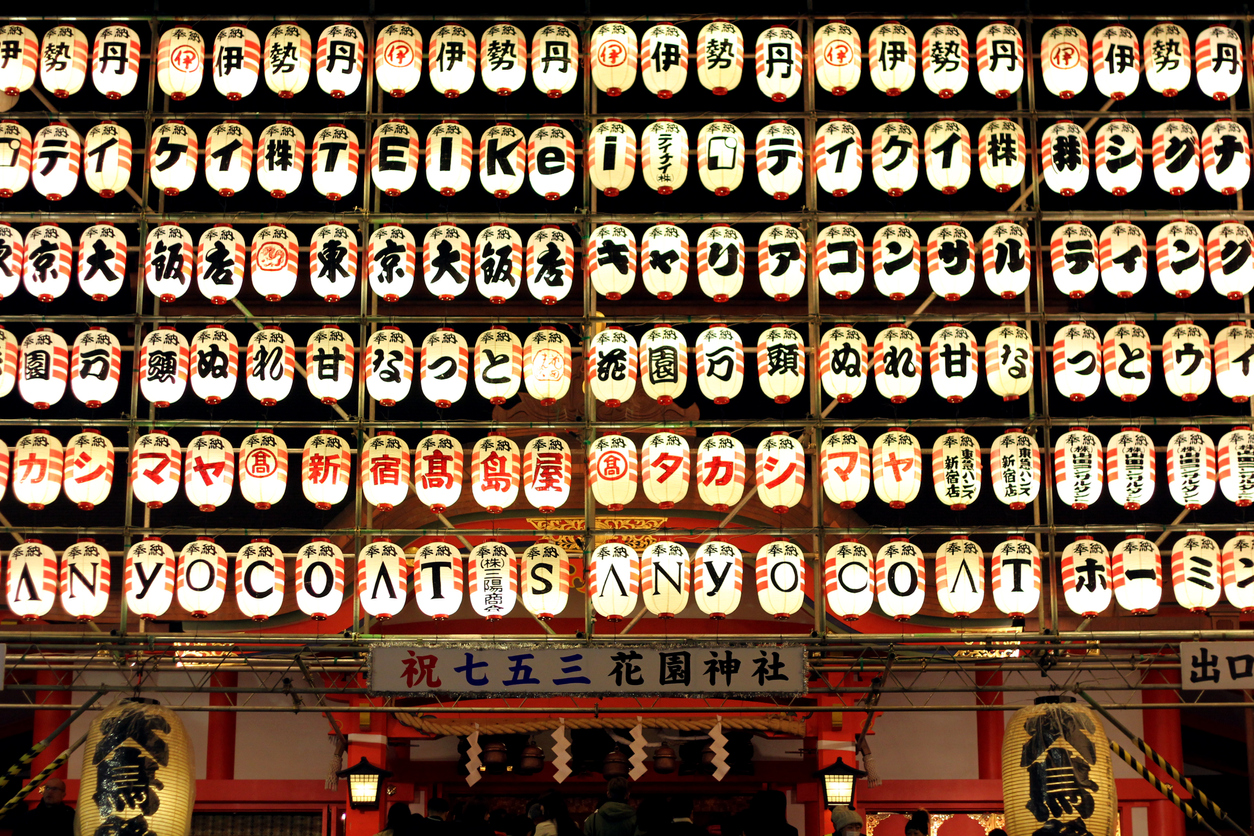
The Hanazono Shrine (花園神社) is tucked away behind the neon lights of Shinjuku, and is only a one-minute walk from the popular Shinjuku Gai, aka “piss alley”. Don’t let the location dim your expectations of this shrine, though—its bright red facade, two enormous torii gates, and wide-open grounds are as impressive as any other shrines in Tokyo. The Hanazono Shrine’s kami is Inari, the god of rice and prosperity, so it only makes sense that this is a popular place for businessmen to come and pray for prosperity.
Where: 5-17-3 Shinjuku, Shinjuku-ku
7. Hie Shrine
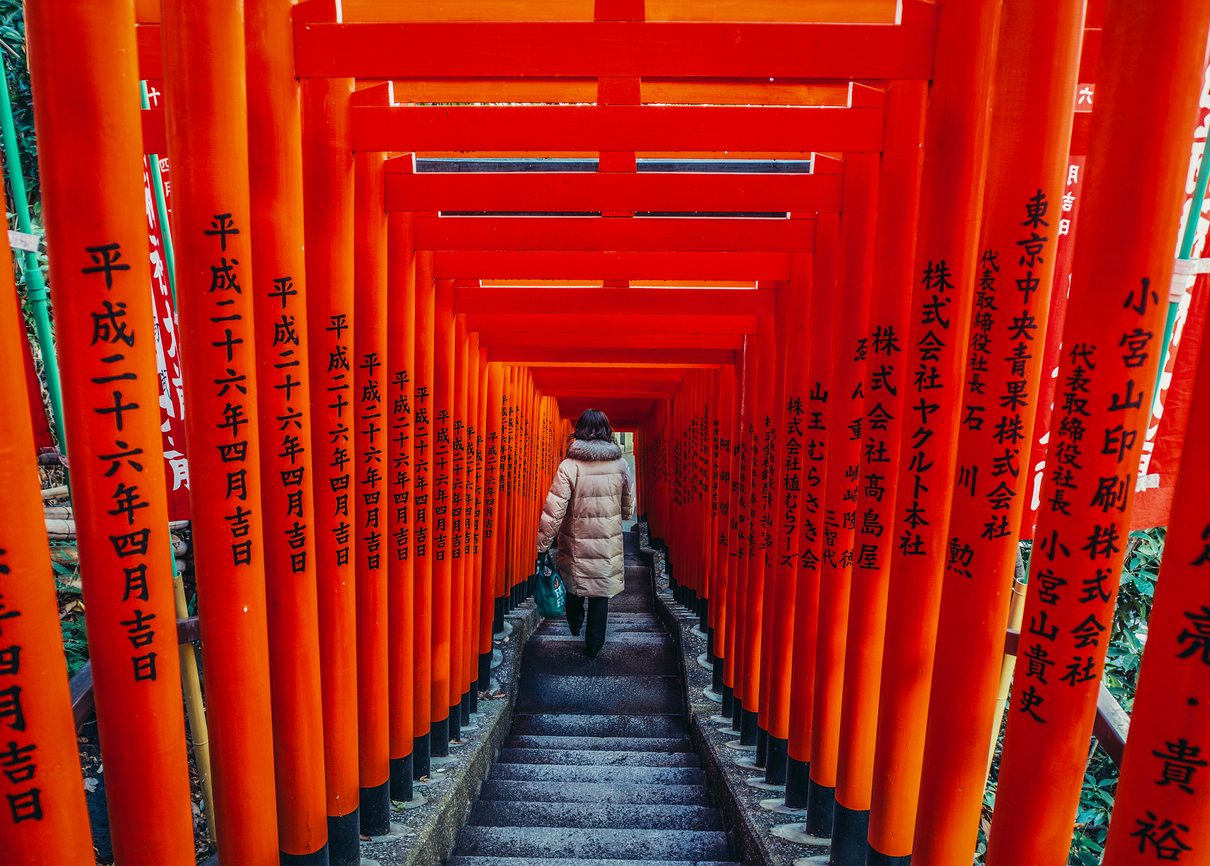
Hie Shrine (日枝神社), located between the Imperial Palace grounds and Roppongi, is famous for its beautiful red torii gates. Go through one of three entrances to the main shrine and you’ll walk through a set of steps that are enclosed in a tunnel of bright red torii gates. The kami enshrined here is commonly known as Hie-no-kami, the god of Mt. Hie in Shiga prefecture. Shogun Tokugawa Ieyasu was a common visitor to Hie Shrine, who worshiped Hie-no-kami as a protector of Edo.
Today, Hie Shrine has two festivals attributed to it: One is the Sanno Festival which has been dubbed one of “the three greatest festivals” in Tokyo, and the other is the Jinko Festival.
Where: 2-10-5 Nagatacho, Chiyoda-ku
8. Yasukuni Shrine

Yasukuni Shrine (靖国神社) is one of the most controversial shrines in the entire Asia-Pacific region. This shrine is dedicated to those who died in war for Japan and the Emperor since 1853. In the Shinto religion, the souls of those who lost their lives become the kami of the shrine, making it an extremely sacred and holy place for the Japanese. Over 2.4 million people are enshrined here in the form of written records, including 1,000 who were considered ‘war criminals’. The controversy lies around the fact that ‘war criminals’ were inducted into the shrine.
At the main hall of the shrine is a memorial that commemorates not only the Japanese who died on behalf of Japan but also Koreans and Taiwanese who were serving in Japan. The most popular event that takes place at the Yasukuni Shrine is the Mitama Festival, where 30,000 lanterns are hung around the shrine to commemorate the dead.
Where: 3-1-1 Kudankita, Chiyoda-ku
9. Hatonomori Hachiman Shrine
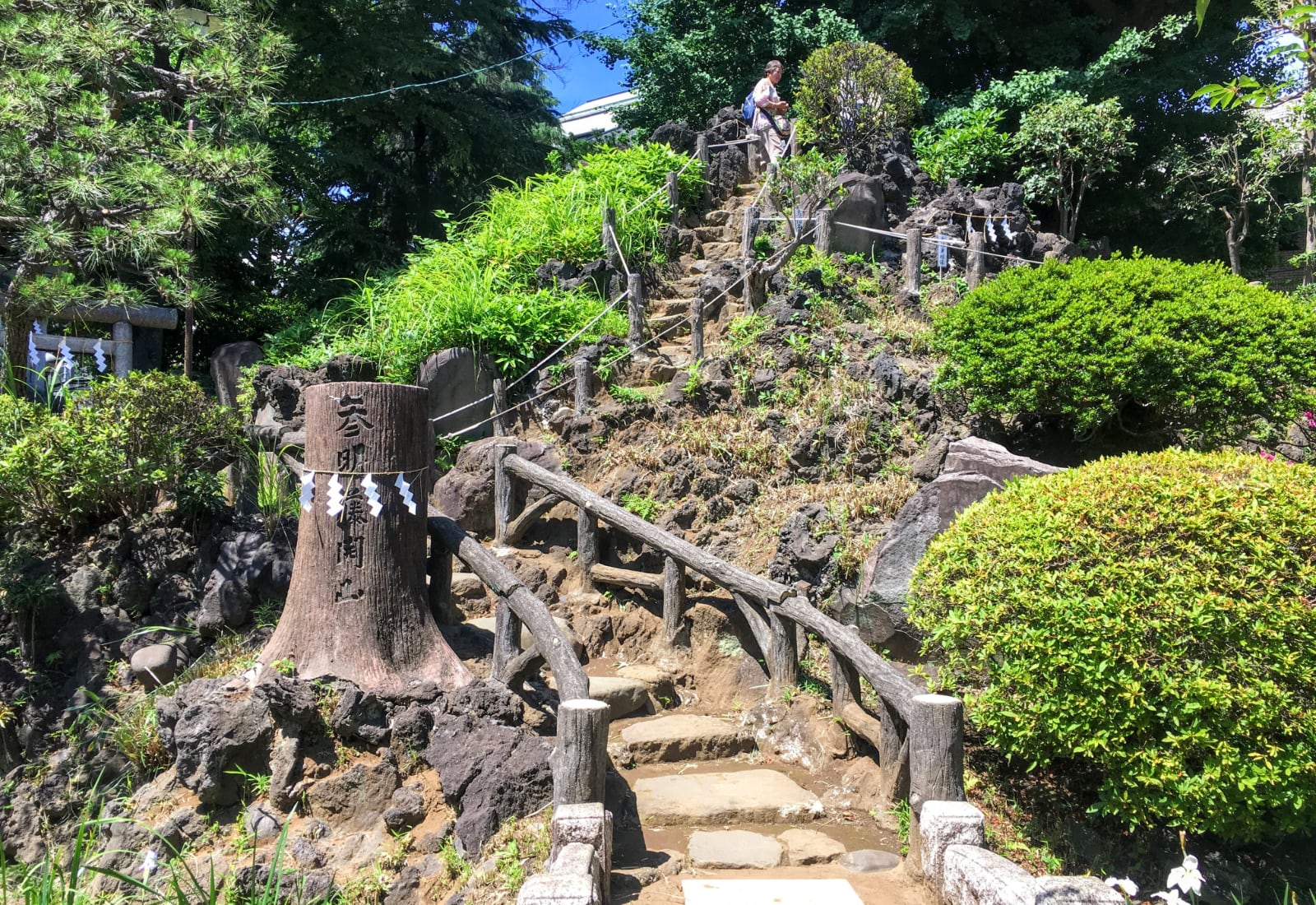 Hatonomori Hachiman Shrine (鳩森八幡神社), a small shrine just south of Shinjuku Gyoen, is a hidden gem off the tourist radar. Hachiman shrines are dedicated to Hachiman, the kami of war, and were historically popular with military clans. Hatonomori Hachiman has a Noh theater stage, where you can sometimes see actors practicing their performances. There is also a fujizaka, which is an earthen mound built using volcanic stone from Mt. Fuji. Want to be #blessed? It’s believed that climbing over the fujizaka will bless you in the same way that climbing Mt. Fuji itself will bless you!
Hatonomori Hachiman Shrine (鳩森八幡神社), a small shrine just south of Shinjuku Gyoen, is a hidden gem off the tourist radar. Hachiman shrines are dedicated to Hachiman, the kami of war, and were historically popular with military clans. Hatonomori Hachiman has a Noh theater stage, where you can sometimes see actors practicing their performances. There is also a fujizaka, which is an earthen mound built using volcanic stone from Mt. Fuji. Want to be #blessed? It’s believed that climbing over the fujizaka will bless you in the same way that climbing Mt. Fuji itself will bless you!
Where: 1-1-24 Sendagaya, Shibuya-ku
Did we miss your favorite shrine in Tokyo? Tell us below in the comments!












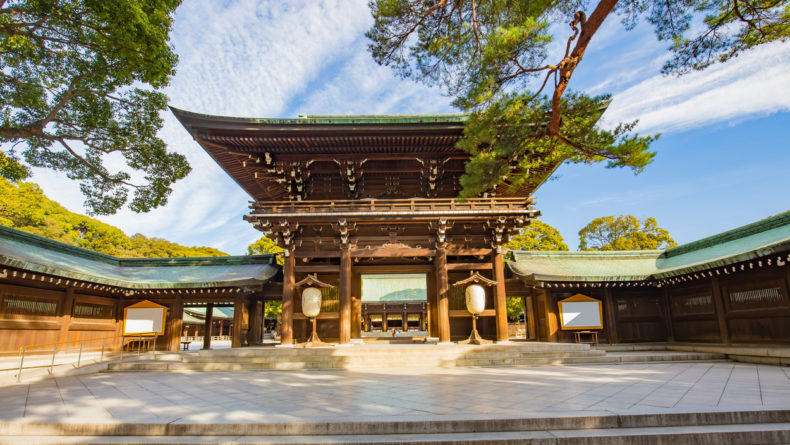
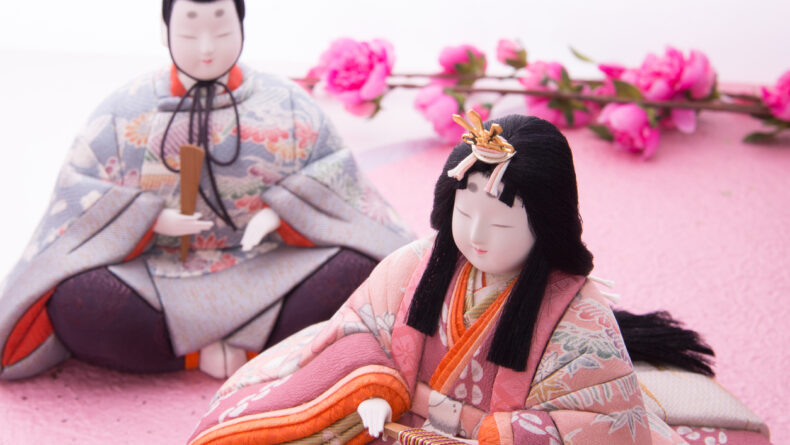
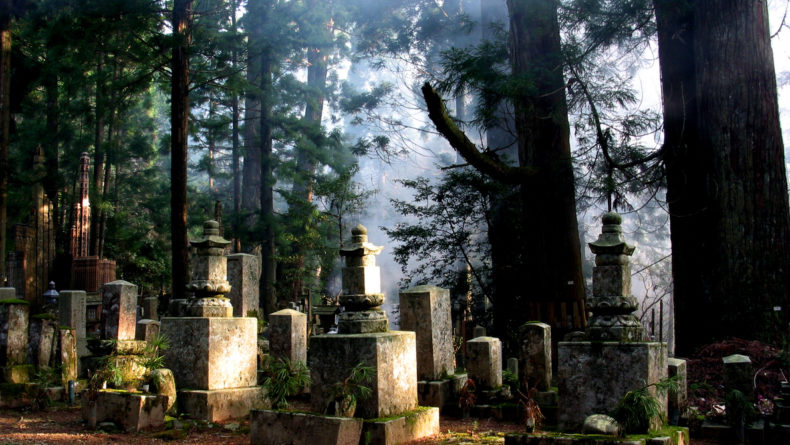
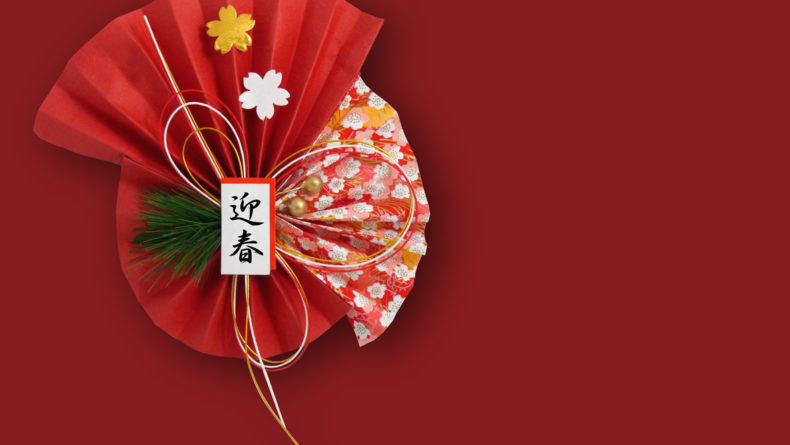
Leave a Reply